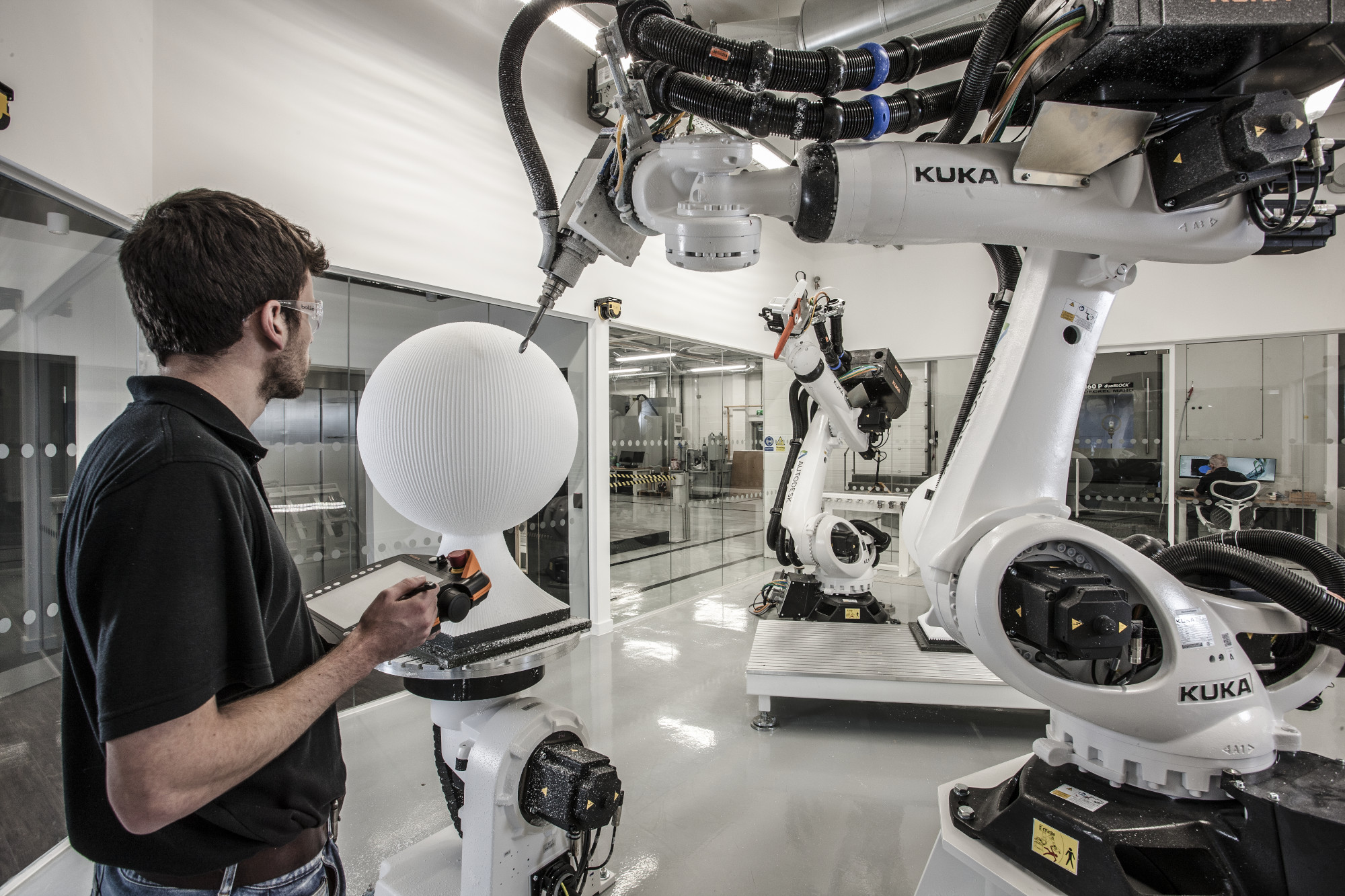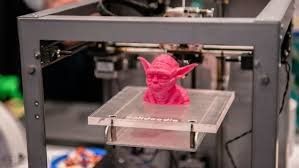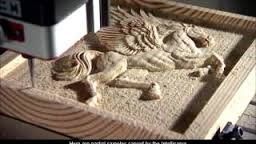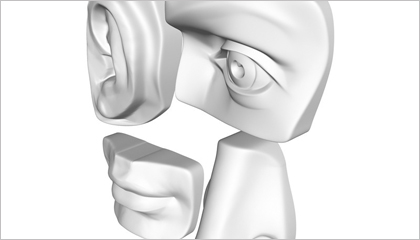
Every block of stone has a statue inside it, and it is the task of the sculptor to discover it.
—Michelangelo
BOBW or Best of Both Worlds
When you have a prototype of a new part in your hand, cut from a block of material based on a design you made, it’s easy to think of it as a work of art. But manufacturers don’t just make things for their aesthetic value. We’re concerned with functionality. The bottom line is that we need to make every part as fast, efficient and cost-effective as possible.
Both additive and subtractive manufacturing have their uses toward these ends. Let’s take a look at some of the pros and cons of each.
Additive Manufacturing:

Composites Manufacturing Magazine notes that printing moving parts into a product is one of the benefits of additive manufacturing. This takes assembling parts out of the equation, an arguably negative aspect of subtractive manufacturing.
Here are some other pros of 3D printing:
- Produces less waste than subtractive manufacturing
- Less skills are needed to operate machines
- High speed of delivery
When you can print parts easily and quickly with little waste, you can design and create more prototypes. This makes additive manufacturing great for idea generation and innovation, but when you consider that the materials you can use in additive manufacturing are limited in comparison to subtractive manufacturing, you see that subtractive manufacturing still has its advantages.
Subtractive Manufacturing

Although advances in 3D-printing technology could turn the tables in the future, making large and highly complex products is another advantage that subtractive manufacturing offers.
Here are some of the pros of subtractive manufacturing:
- Cutting and better tooling capabilities make for more precise parts
- The ability to use unlimited materials means you can incorporate higher quality materials
- Although you need more highly skilled workers to mill parts, highly skilled workers add another level of quality control
Over the years, milling machines have scaled down and become easier to operate, and design solutions, such as the 3D CAD surface-modeling tools you find in Fusion 360 and Inventor, have made the grueling and time-consuming work of writing code for CNC milling machines a thing of the past.
Fortunately, CAD software isn’t limited to subtractive manufacturing. With Autodesk CAD solutions, you can 3D print or mill, or both. And as the technology for both types of manufacturing continues to leap ahead, the more likely we’ll find that combining the 3D printer and the milling machine is the best way to manufacture under budget with speed and efficiency.
For an interesting read on that combined Hybrid manufacturing, where you perform both additive (3d printing) and subtractive (CAM milling) read Hybrid heroes – hybrid CNC machines.
What do you think the future of manufacturing in a hybrid approach will look like?



